NIR & DTS
How the Botti & Barriques NIR® & DTS® started
Based on the need to produce ‘precise’ casks and barrels in order to obtain specific results, scientifically discarding bad fragrances, such as ‘greenness’ or sawdust. There have been many studies and analytical research about wood, to understand its aroma, to define the forest area and the aromatic tendencies of the different species.However this research until now could only apply tosamples and not to all the staves because of the long timeand high costs involved.The study was commissioned to the University of Udine inthe department of oenology and food technology whereprofessor Battistuta and Professor Zironi, two esteemedresearchers, accepted the challenge. Dozens of samplesof oak from all over Europe were analyzed, from the finestFrench forests (Allier, Never, Fontainebleau) and Slavoniaas well as the German Black Forest, Austria, Hungary andfar-off Caucasus. Many differences emerged; if a forestgives the aromatic tendency to a species of wood, it isthe position of the plant in the forest that determines itsaroma.
Just think that an oak growing near a stream ora pond has a different aromatic concentration to a treegrowing in the same forest but a few meters away neara limestone rock.
At the same time, the department has combines tradition and technological innovation, managing to digitally control the braziers used for toasting the casks and barrels. Today, the toasting process can be set to specifically desired temperature: 170°, 175°, 180°, 190°, 200°.
This system ensures that all staves reach the same temperature at the same time, without temperature fluctuations, guaranteeing that the wood expresses its maximum aromas.
The Patent Botti e Barriques NIR®
BOTTI & BARRIQUES NIR®
The only barrels with flavor guaranteed (patented)
Analysis of wood
The growth of wood, like grapes and all natural products, depends on micro climatic variables such as the degree of humidity in the area, the composition of the earth as well as the exposure of the hill or plain. The selection criteria generally used are based only on the region and the experience of the producer. It cannot be said that wood originating from a specific region has a higher level of polyphenols than others grown in other regions, since the origins don’t make the difference, whereas the single stave does. If we think about the difference between the grapes produced in one vineyard and others produced at a distance of 5 km we can well understand just how much difference exists inside a forest where the distances reach 100km and over. The ordinary methods of analysis are ineffective as only samples of a few cm of wood are assessed in laboratories and are thus representative only of themselves.
With NIR (Near Infra-Red) technology every stave is controlled under infra-red light and its aromatic and structural features are analyzed online in order to have all the information as if it were a radiography.
In this way we have been able to identify 4 commercial categories: Structure, Sweet, Spice, Equilibrium.
Structure: it identifies the structural feature, is wood characterized by high contents of tanninand ellagitannins. The wine acquires structure and body, the color settles.
Sweet: it identifies the sweet feature, is wood characterized by high contents of vanillin and furfural. The wine acquires hints of sweet aroma.
Spice: it identifies the spice feature, is wood characterized by high contents of lactone and eugenol. The wine acquires hints of spice.
Equilibrium: it identifies that there is no dominant character. The wine takes on a flavor which is a mixture of the ones mentioned above and the wood feels well-balanced. We have also been able to identify the markerfor the Erbacea feature, bitterness which if present in a large quantity is not eliminated even aftermany years of aging. This type of wood is therefore discarded and destined for other uses.
We now have a library at our disposal where oaks with different aromatic concentrations are catalogued and we are able to build barrels and casks with the exactaroma requested by the winery and winemaker… guaranteed!
DTS® - Digital Toasting System
The toasting is the process that enhances the flavors of the wood catalyzing those already present in the same and positively evolving them. Until now this process was realized on a brazier fed with pieces of oak where it was placed the barrel or cask. It is clear that the wood evolves these aromas according to toasting temperatures, which must be on the range of 170/180/200 degrees centigrade depending on whether you seek, more or less aromas of vanilla, licorice, chocolate, or tobacco smoke.
If the temperature and internal exposure of the staves is not homogeneous and controlled, the result are casks or barrels with aromas undefined. The staves taking less heat will develop bitter and negative aromas, the staves that take too much exposure can produce negative aromas of graphite. For this reason we created and patented the DTS® digital toasting, where a tablet, thanks to sensors, can handle the fire levels so that it is constant over the entire surface of the wood.
This not only guarantees but enhances the aromatic result of wood eliminating once and for all the “surprises” due to a toasting system not perfectly controlled.



